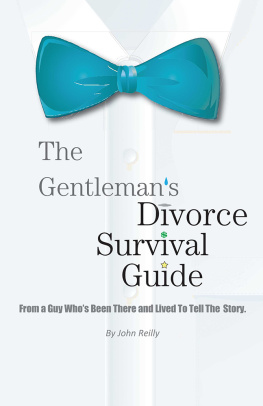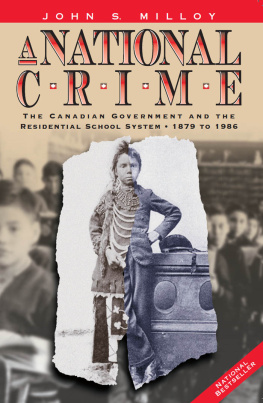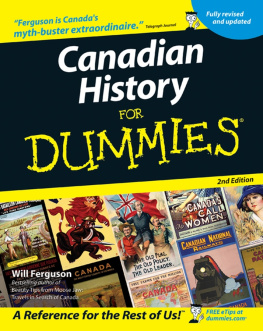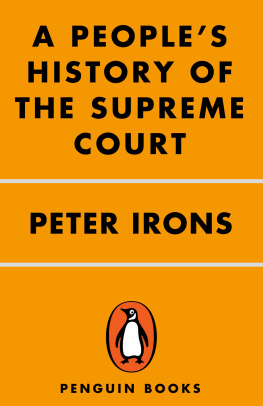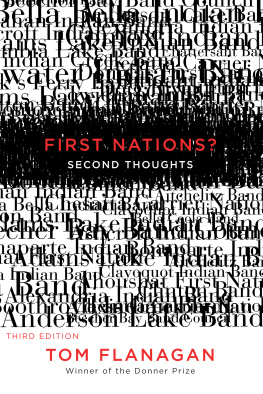MEDIA COMMENTARY ON JOHN REILLY
Bad Medicine is an insiders look at the failure of the justice system in its dealings with Aboriginal lawbreakers. Alberta Provincial Court Judge John Reilly spares no one, including himself, in his belief that a different and non-racist approach would serve First Nations more effectively. He makes a compelling case for good medicine to replace the bad. A must read for anyone connected with Canadas legal system.
Catherine Ford,
Author of Against the Grain: An Irreverent View of Alberta
Bad Judgment is an angry book and Reilly pulls no punches in naming names.
Eric Volmers, The Calgary Herald
Reilly makes no pretence towards his book being a scholarly one, and this is possibly one of its greatest strengths. He has a message to deliver, not just for academics and policy makers, but for Canada and possibly the world at large. He disavows the often mysterious and arcane jargon that academia insists must be correct, in order to make his message accessible to anyone who may venture to read it, from the most educated to the least educated.
David Milward, School of Law, University of Manitoba,
The Windsor Yearbook of Access to Justice
For anyone who is still learning about the very real issues Indigenous Canadians face, [Bad Medicine] will be an eye opener. If you are interested in the concept of restorative justice, this is a must-read.
Edmonton Public Library,
Indigenous Stories and Reconciliation: 11 Must-Reads
heres a judge willing to speak out and actively engineer alternatives and swim bravely against powerful societal currents.
Bill Kaufmann, Calgary Sun
[John Reillys] crusade has touched off a nationwide debate about government policies that are designed to foster native self-determination but may condemn another generation of Indians to lives of dependency and despair.
Steven Pearlstein, The Washington Post
Judge John Reilly wanted to expose wrongdoing on the Stoney reserve. What he didnt realize was that powerful forces in Ottawa, in Edmonton, and in the band itself had a vested interest in ignoring the problem.
Gordon Laird, Saturday Night
government dollars flow in and many reserves get huge oil and gas revenues, but housing is pitiful, in some cases water is unclean, and social problems, unemployment and crime are all high. Why is this? Reilly had the courage to ask. Hes not alone.
Linda Slobodian, Calgary Sun
Judge Reillys order was a brave and crazy political stunt. There is little chance that his order will hold up on appeal, but thats not the point. This man, this powerful white man who makes his living moving people from the scenic ghettos we quaintly call reservations to the even worse environment of prison, tried to do the right thing.
Nick Devlin, FFWD
At first it appeared little would come of Provincial Court Judge John Reillys order for an investigation into physical and political squalor on the Stoney Indian reserve, 30 miles west of Calgary. But now it seems Judge Reillys intervention has unleashed a maelstrom of activity: in the courts, in Ottawa and especially in band offices, where frustrated Indians are taking matters into their own hands.
Alberta Report
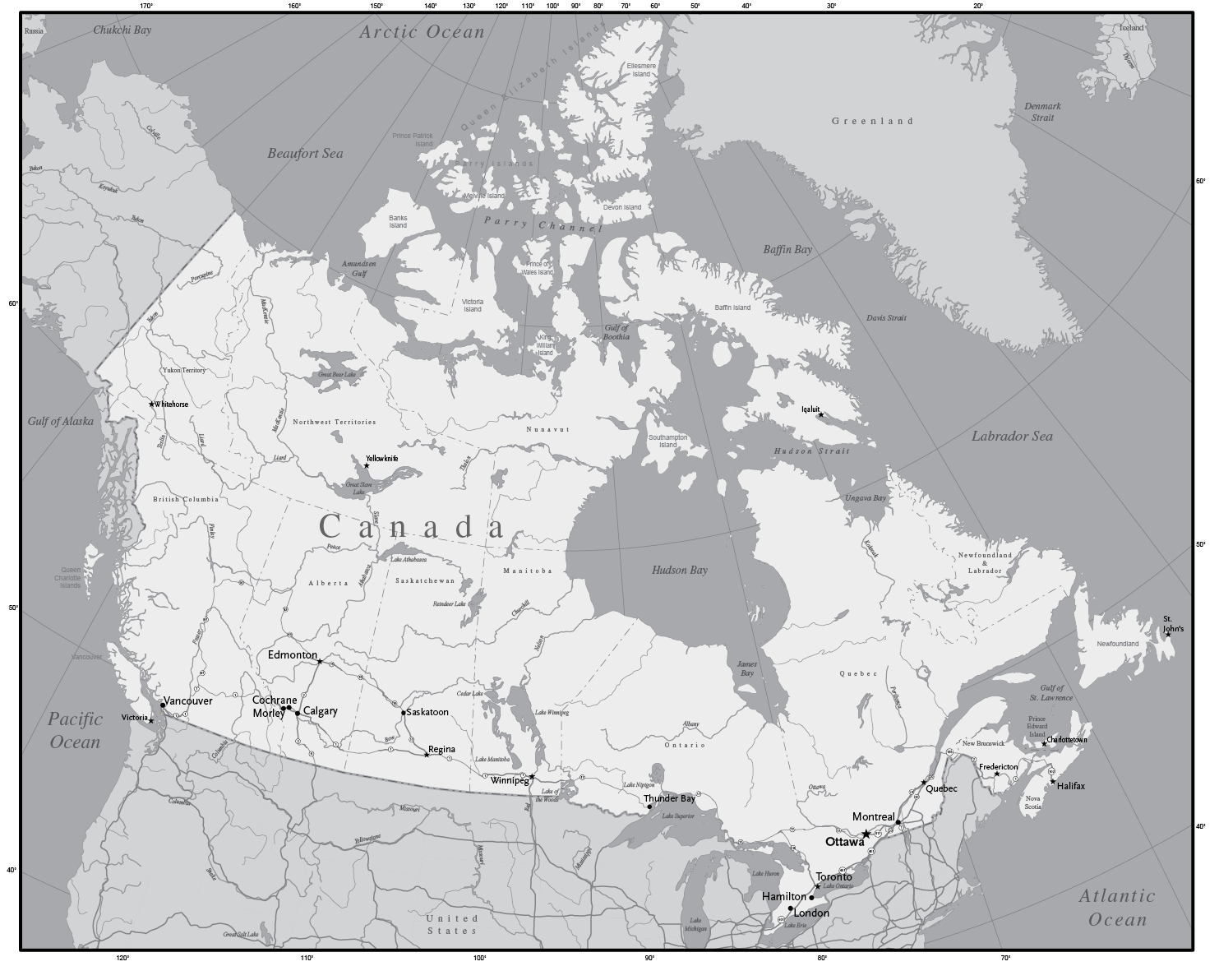
For Alan Hunter, QC
(19372010)
Acknowledgements
I dont really consider myself an author, but I had a story to tell and it was only through the encouragement and support of many of my friends that I was able to tell part one of it in my first book, Bad Medicine: A Judges Struggle for Justice in a First Nations Community . That work had its genesis at the Georgetown Research Institute when Bob Sandford facetiously told me that the institute was a literary club and in order to be a member I would have to publish.
The Georgetown Research Institute is the impressive sounding name used by a group of learned Canadians who gather weekly at the Georgetown Inn in Canmore and solve the worlds problems over a few glasses of ale. Bob initiated the discussion, but I have also appreciated the support and encouragement of the other members of the institute: Joost Aalsberg, Paul Carrick, Sally Guerin, Rick Hester, Peter Nichol, Lawrence Nyman, Dave Palmer, Keith Paynter, Brent Pickard and Peter Rollason.
Bob Sandford is the author or editor of over 25 books on environmental policy and on the history and heritage of the Canadian West. He began his work with UN-linked initiatives as chair of the United Nations International Year of Mountains in 2002. He also chaired the United Nations International Year of Fresh Water and Wonder of Water Initiative in Canada in 200304. He is currently the Epcor Chair of the Canadian Partnership Initiative in support of United Nations Water for Life Decade.
It was Bob who introduced me to Don Gorman, the publisher of Rocky Mountain Books, now called RMB . Don suggested the title Bad Medicine , and in doing so, also gave me the inspiration for the title of the present book.
Also at RMB , editor Joe Wilderson has been a pleasure to work with. His improvements on my somewhat amateurish manuscripts have transformed them into very professional appearing books.
I would like to thank John Martland, QC , for reading and commenting on the manuscript. His remarks had me remove some unnecessarily inflammatory material, which may allow the book to be published without litigation.
Thanks also to retired Judge Doug McDonald, who took the author photo used on the back cover. He won second place with that image at the Sooke Annual Fair. Im embarrassed by how much I like it.
It was difficult for me to focus on writing this account. I found it almost impossible to work at home, because there were so many distractions and easy excuses to do something else. For this reason I did much of the writing away from home: with my son, Sean, and his wife, Alice, in Taichung, Taiwan; at Alan and Jacquie Kays condo in Kaslo, British Columbia; at Ron Englands home on South Pender Island, BC ; and at Nancy Spratt and Mark and Jack Robinsons weekend home in Canmore, Alberta. I thank you all for giving me the space I needed.
I wish to acknowledge as well the many people who encouraged me, both in the events described and in the writing about those events: Carmen Beck; John Chief Moon; Keith Chief Moon; Ron Davey; Mary Lou Davis; Mike and Lise Dove; Charlotte England; Chris Evans, qc ; Harley and Lois Frank; Tina Fox; Anne Georgeson; Cheryl Goodwill; Sandra Hamilton; Warren and Mary Anna Harbeck; Paul and Sharon Hatfield; Susan Kurtz; Floyd Many Fingers; Martha Many Gray Horses; Lorraine Parker; Gail Patrick; Marjorie Powderface; Peter Poole; Donna Potter; Roland Rollinmud; Ron and Sally Starchuck; Judy Tilley; Greg Twoyoungmen; Helmer Twoyoungmen; Preston Twoyoungmen; Syd and Frances Wood and many others who pressed me to get the next book out.
Introduction
My 33 years as a judge, and especially the 20 years during which I had jurisdiction over the cases arising on the Stoney Indian Reserve at Morley, were a very painful learning experience. They made my life much more difficult but much better. More difficult because they brought me into conflict with my chief judge, the court administration, many of my fellow judges, the government of Alberta and the federal Department of Indian Affairs and Northern Development (as it was then called). Better because they gave me a focus and a purpose. The focus was real justice and the purpose was to improve the delivery of justice to the Indigenous People in my jurisdiction.
My friend Donna Kennedy-Glans advised me not to write this book. Her reason was that to relive the events of which I speak might be bad for me psychologically. I met Donna in her capacity is the founding director of Bridges, an NGO she had established while working in Yemen for Nexen Inc. She was a Conservative MLA at the time we had this discussion, and while the thought crossed my mind that she didnt want me to write about things that would reflect negatively on the Conservative government, I was confident that her motive was my happiness and mental health. She may have been right. Writing this book was tremendously difficult, it generated a lot of negative emotion for me, and I didnt like the result. But I had made a commitment to Don Gorman and Rocky Mountain books to have it written by the fall of 2014, so I submitted it for publication in spite of my negative feelings about it.


